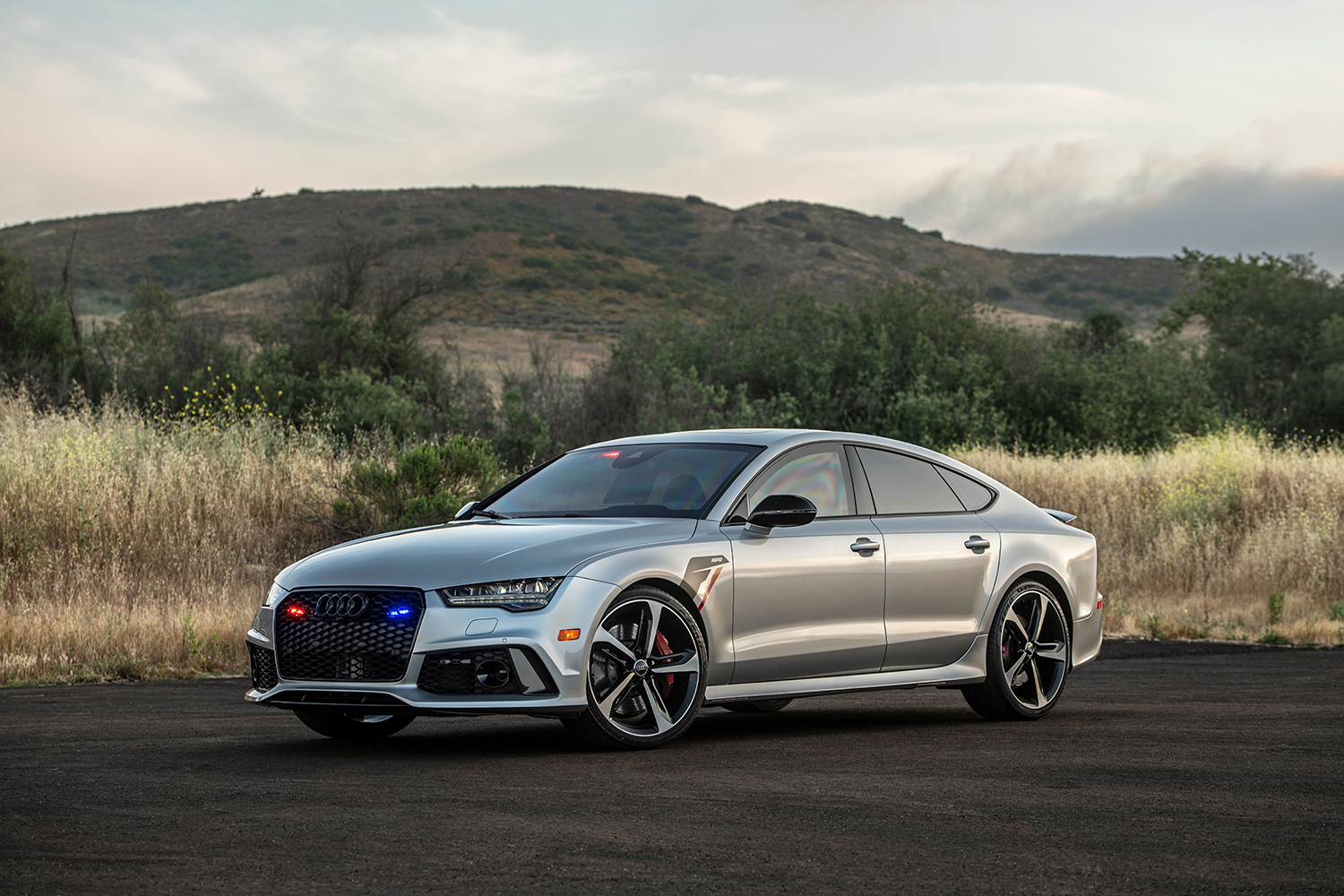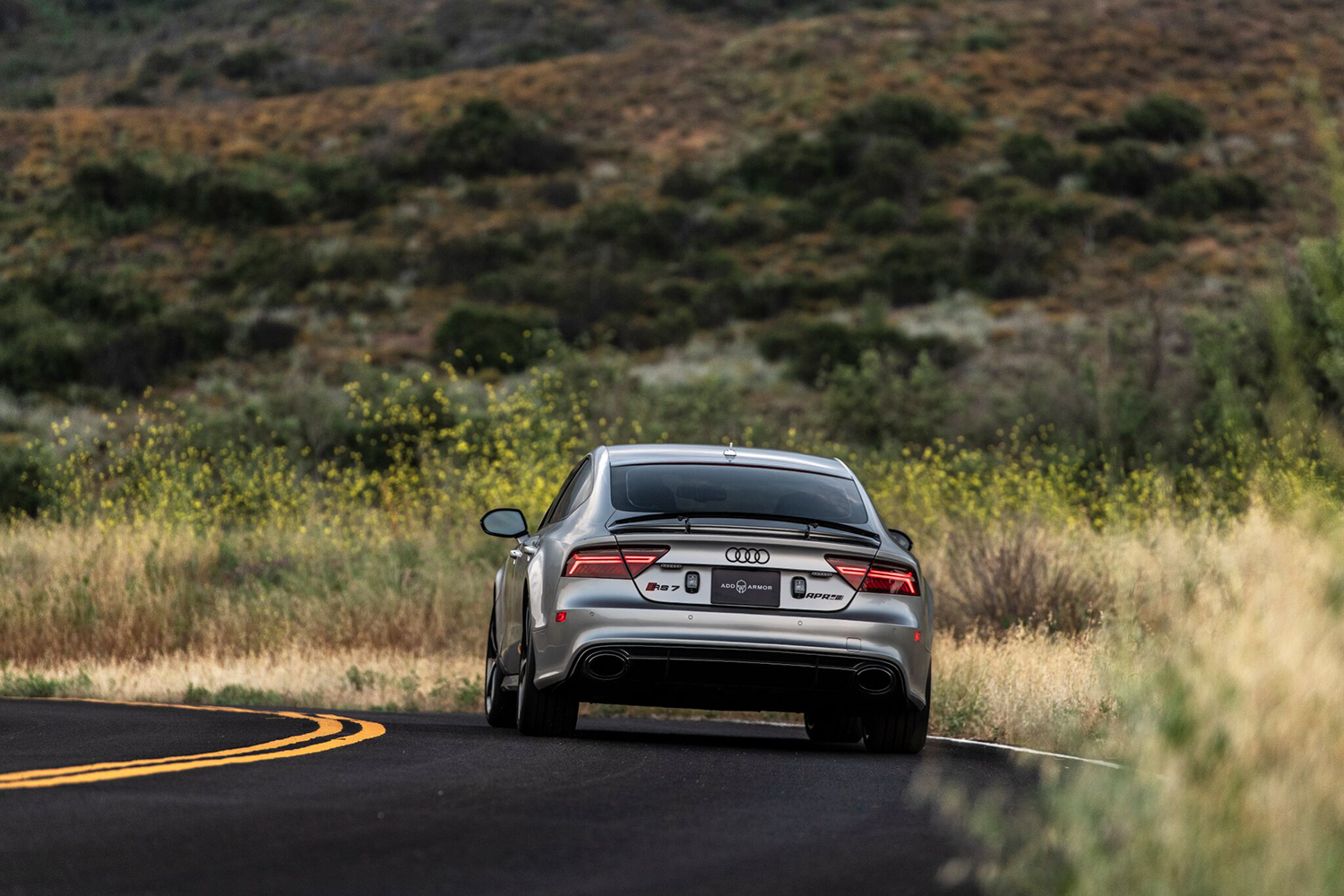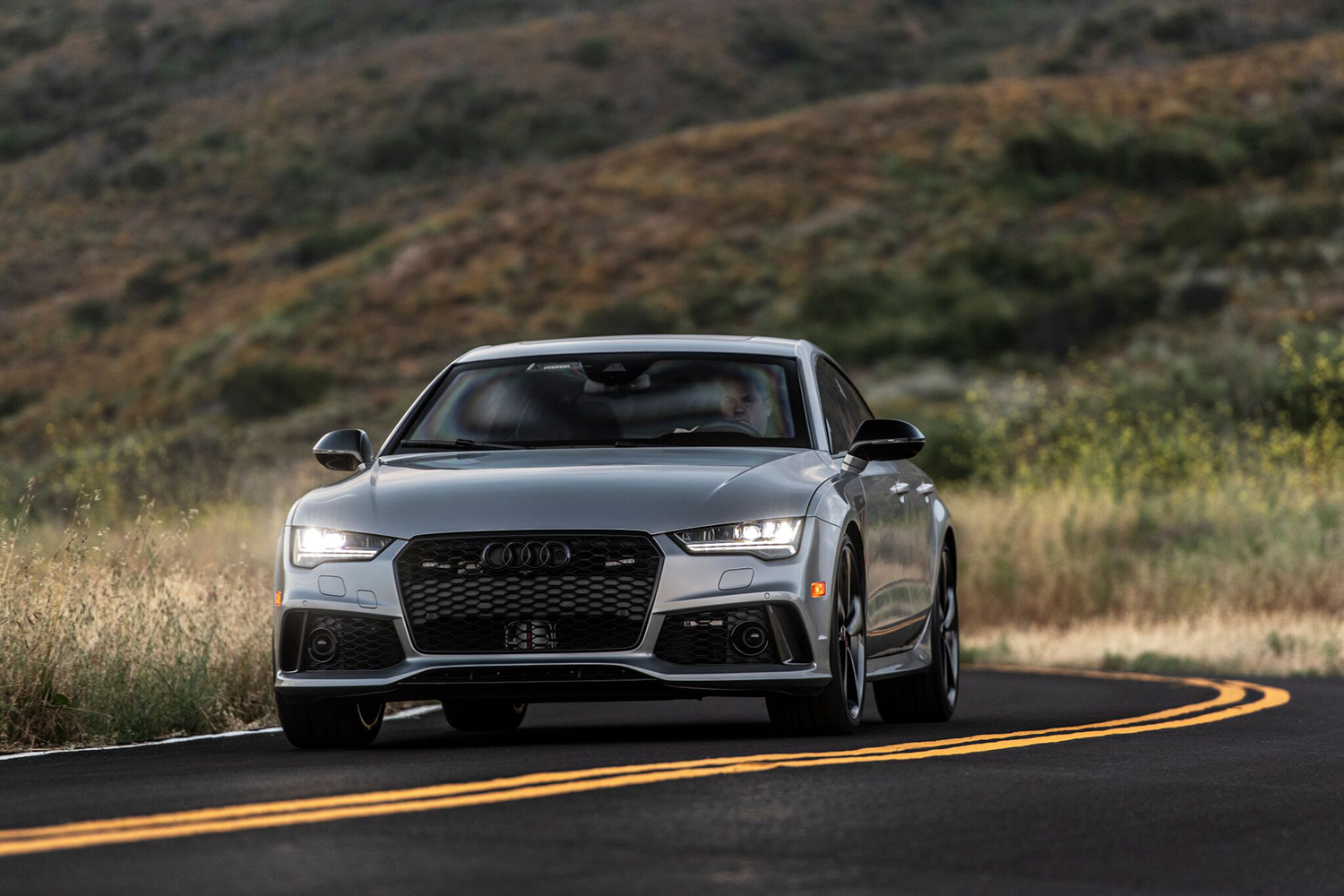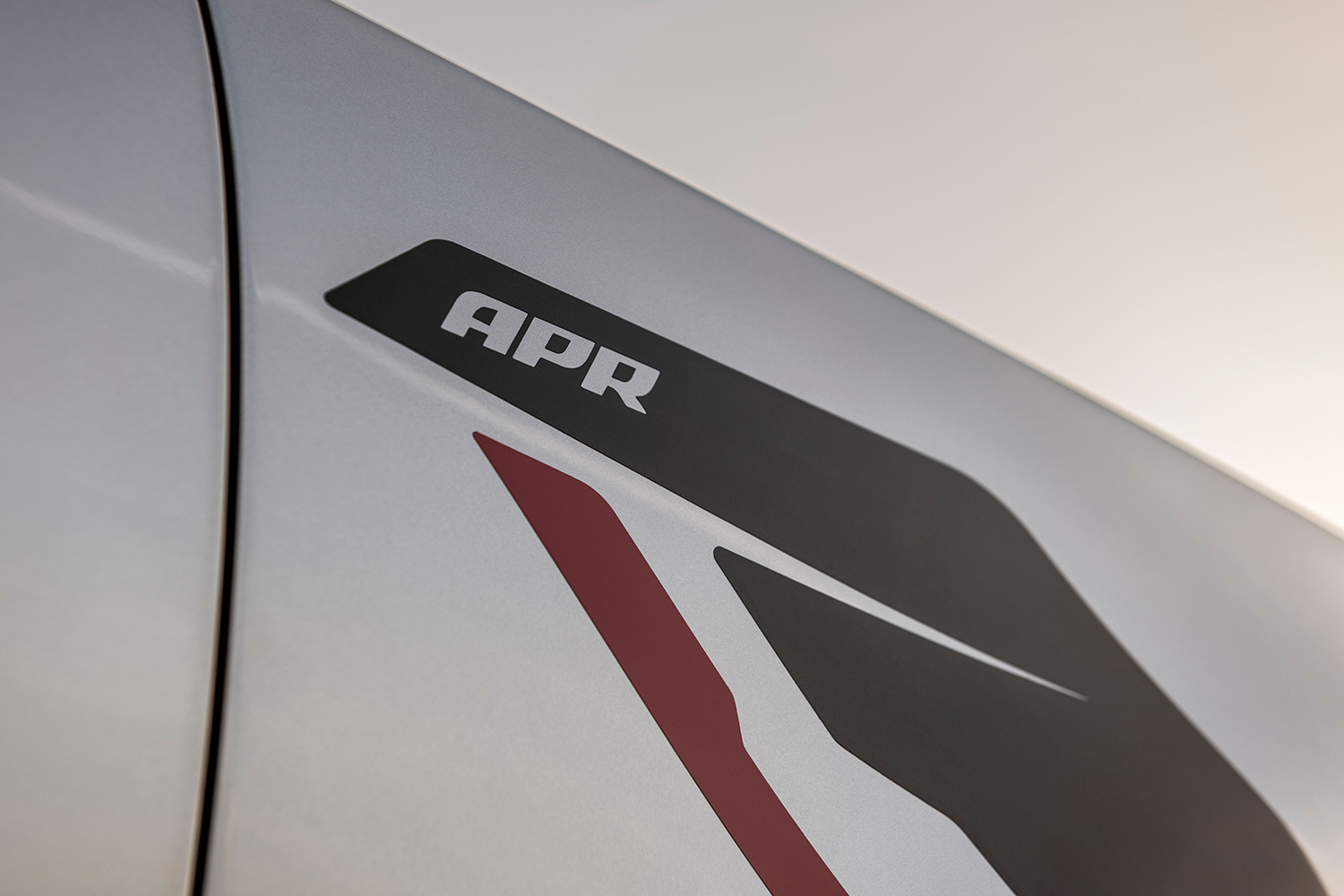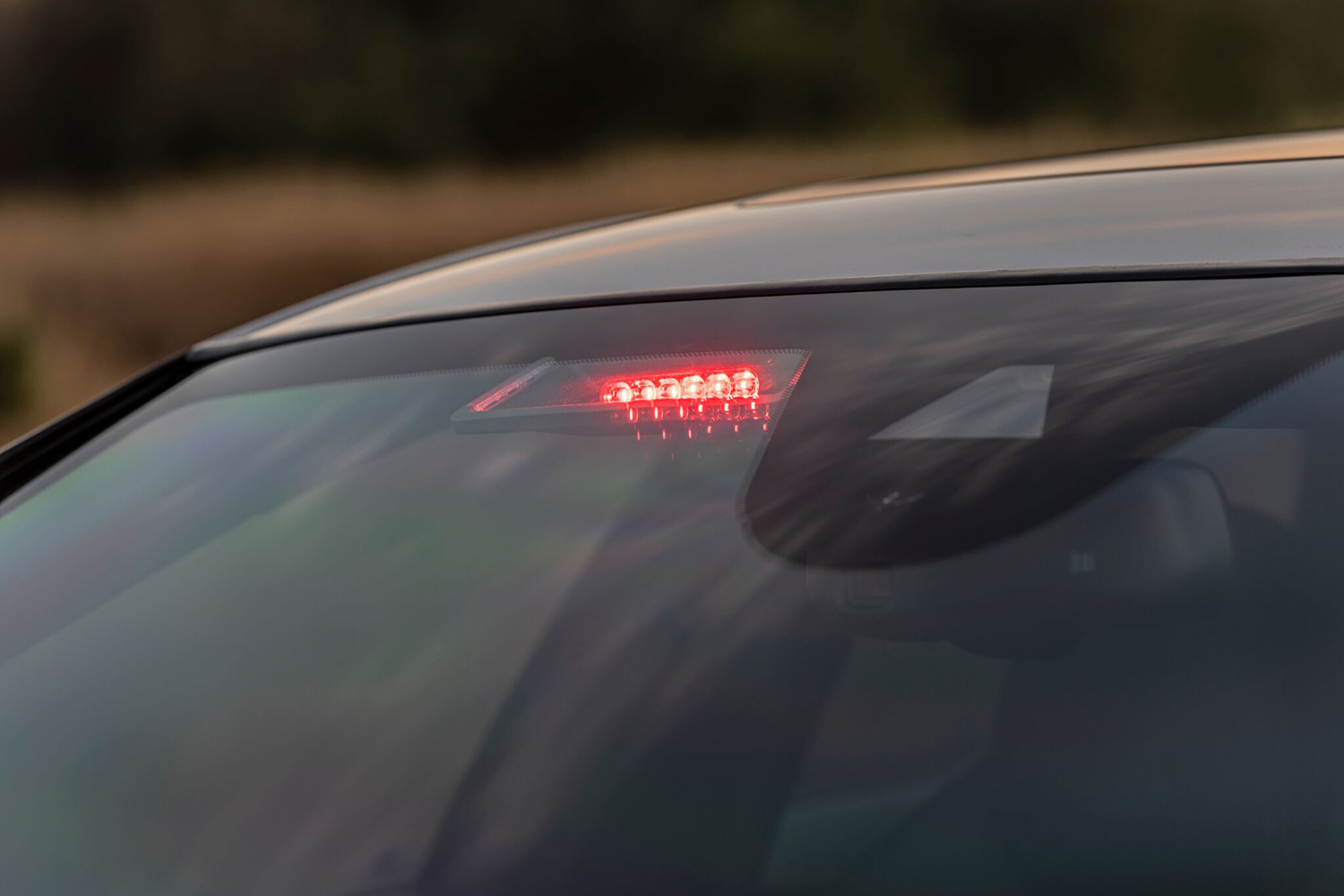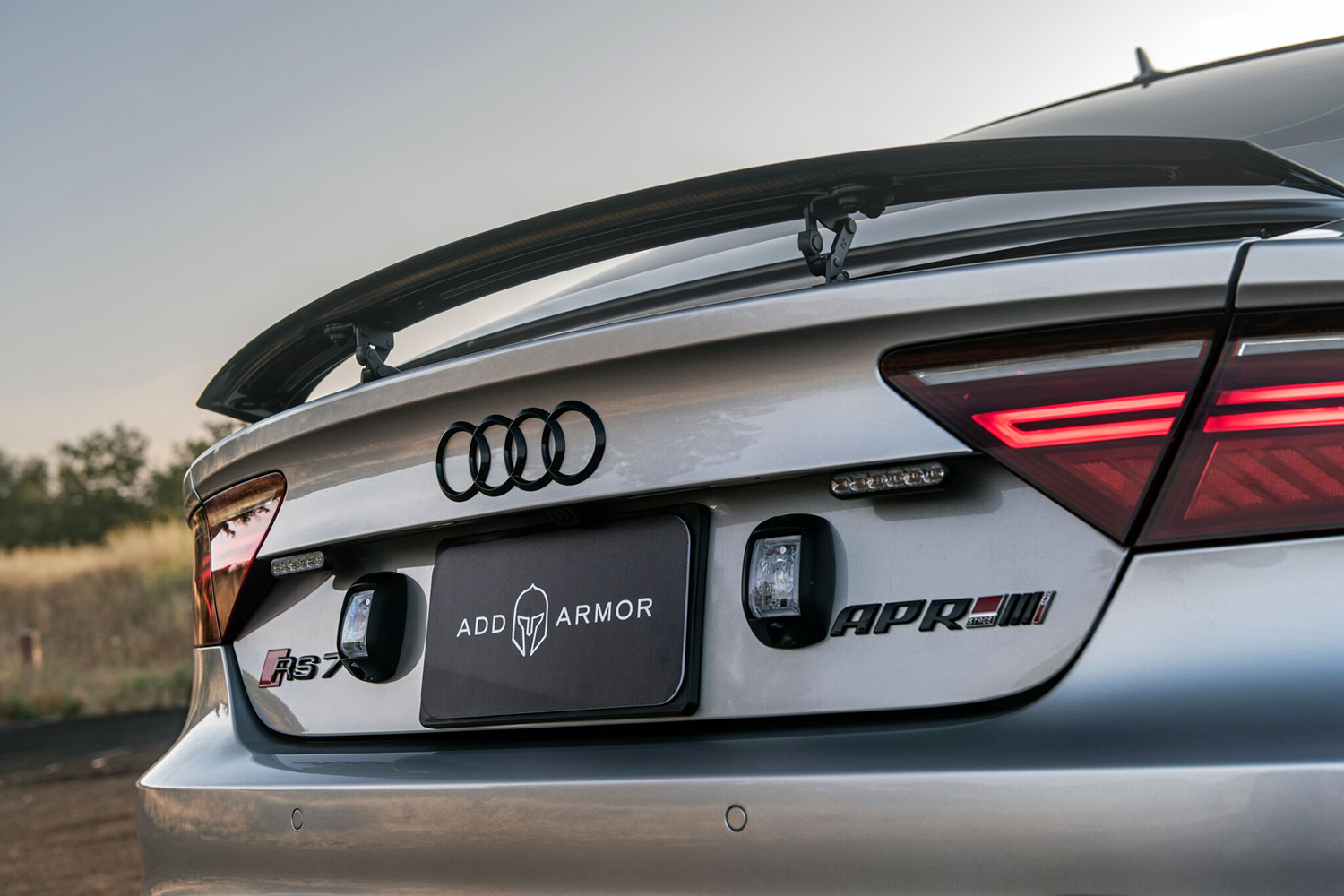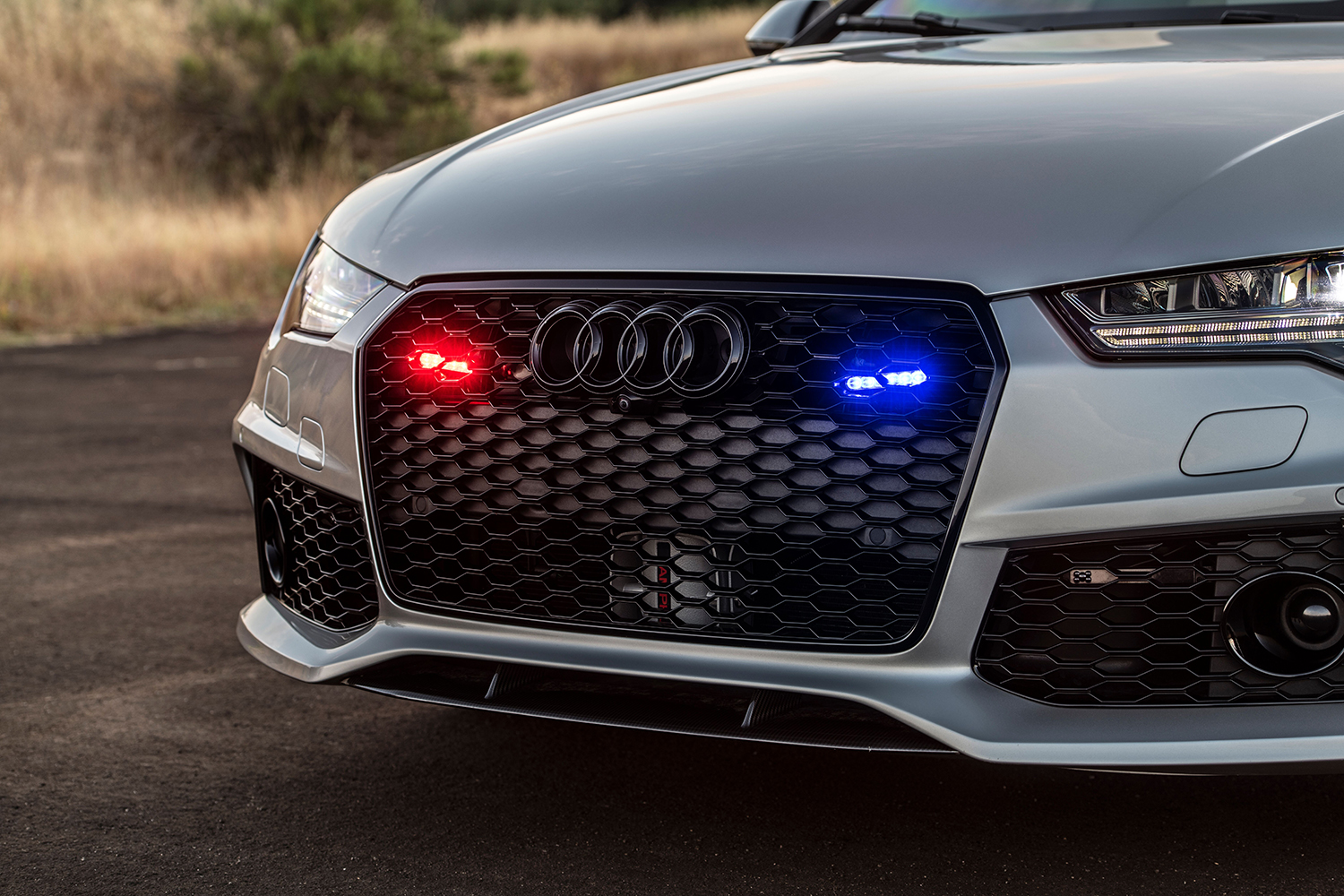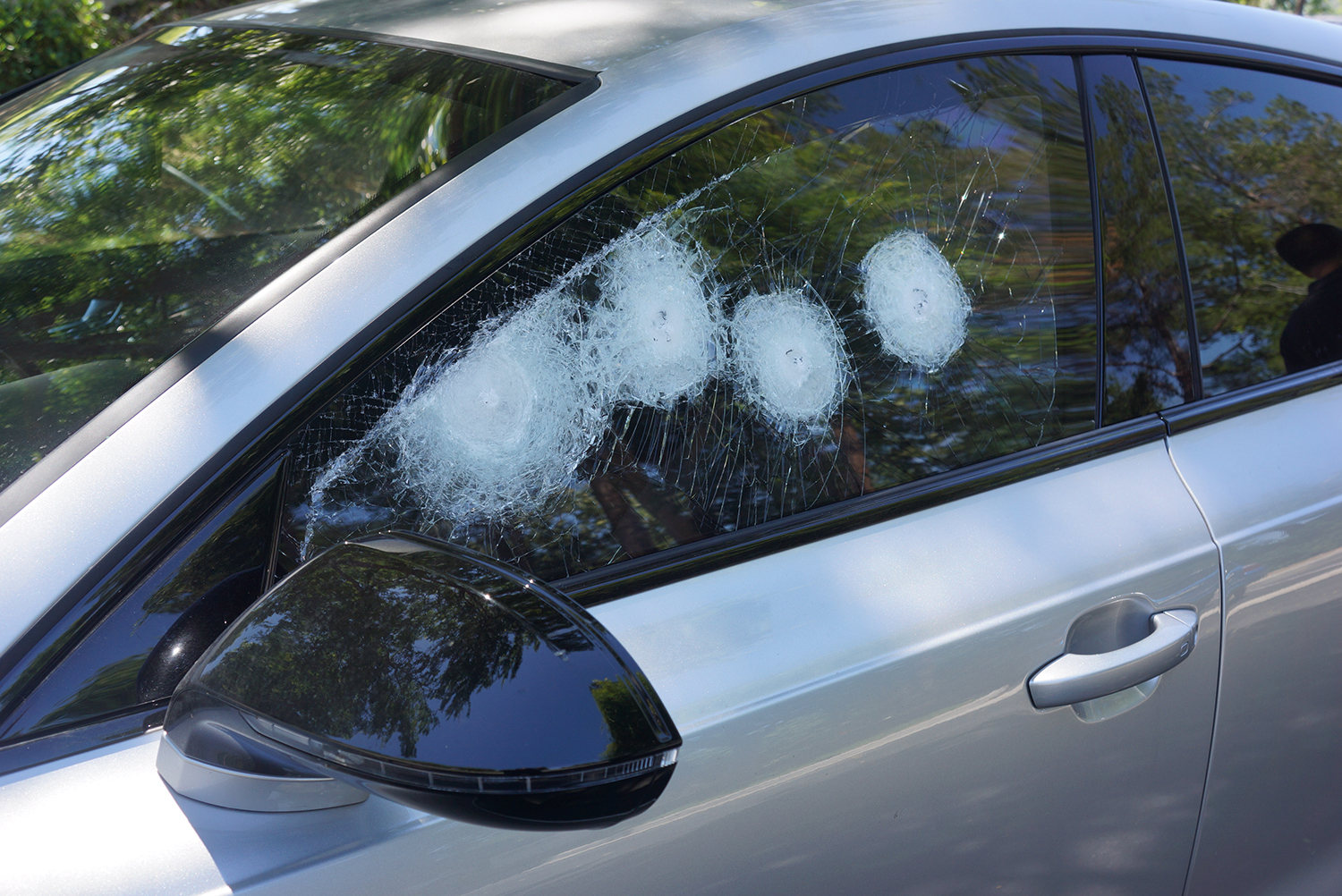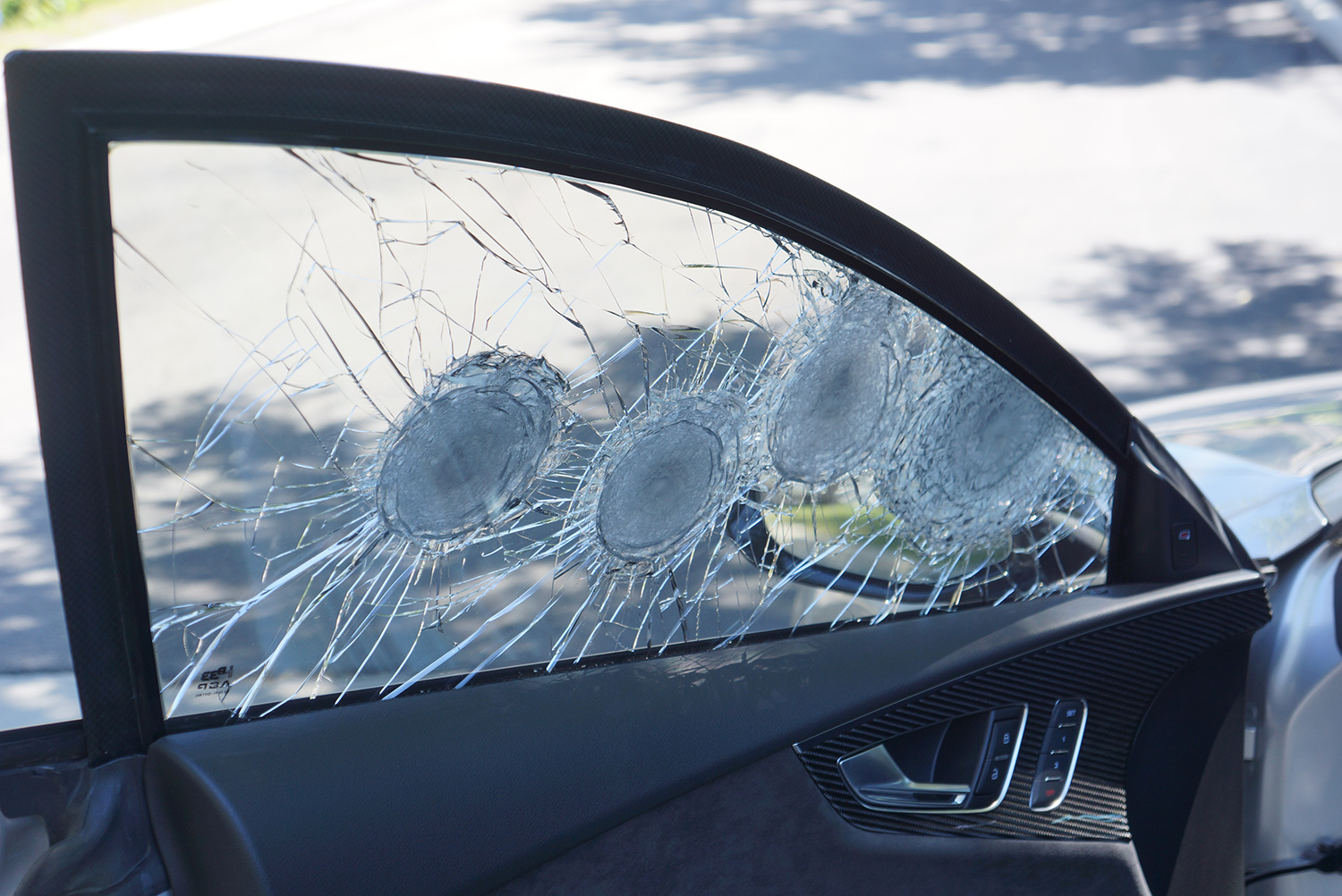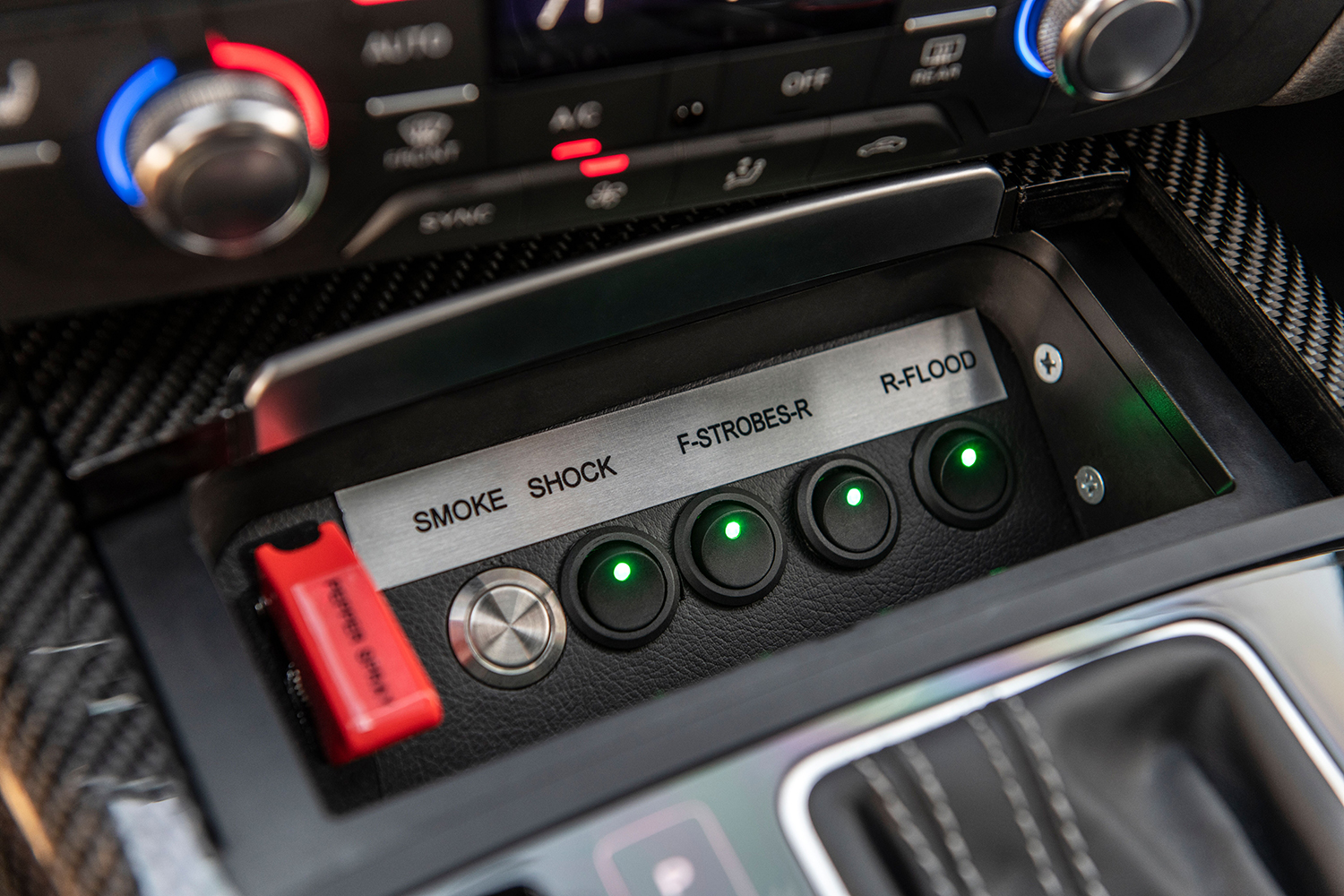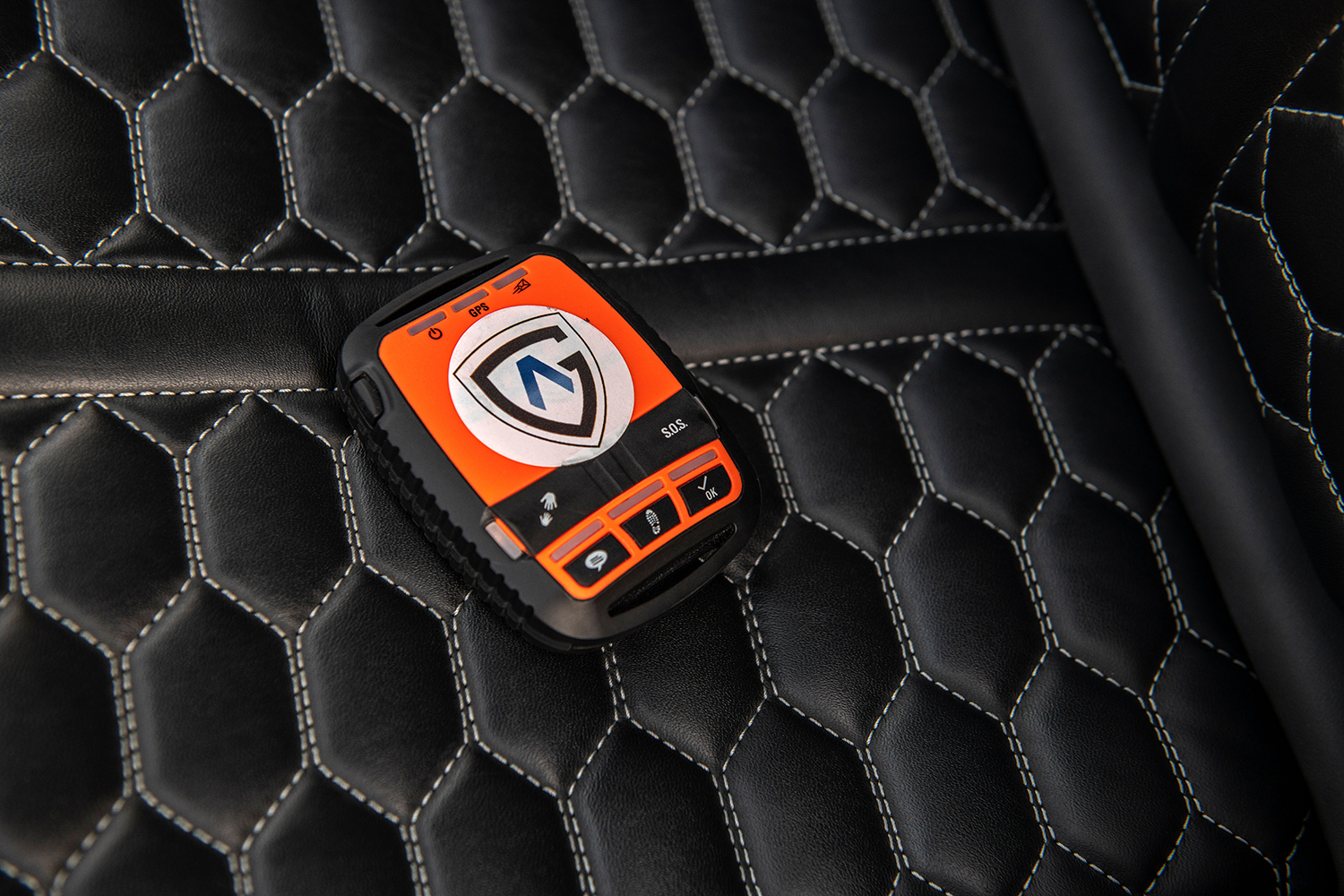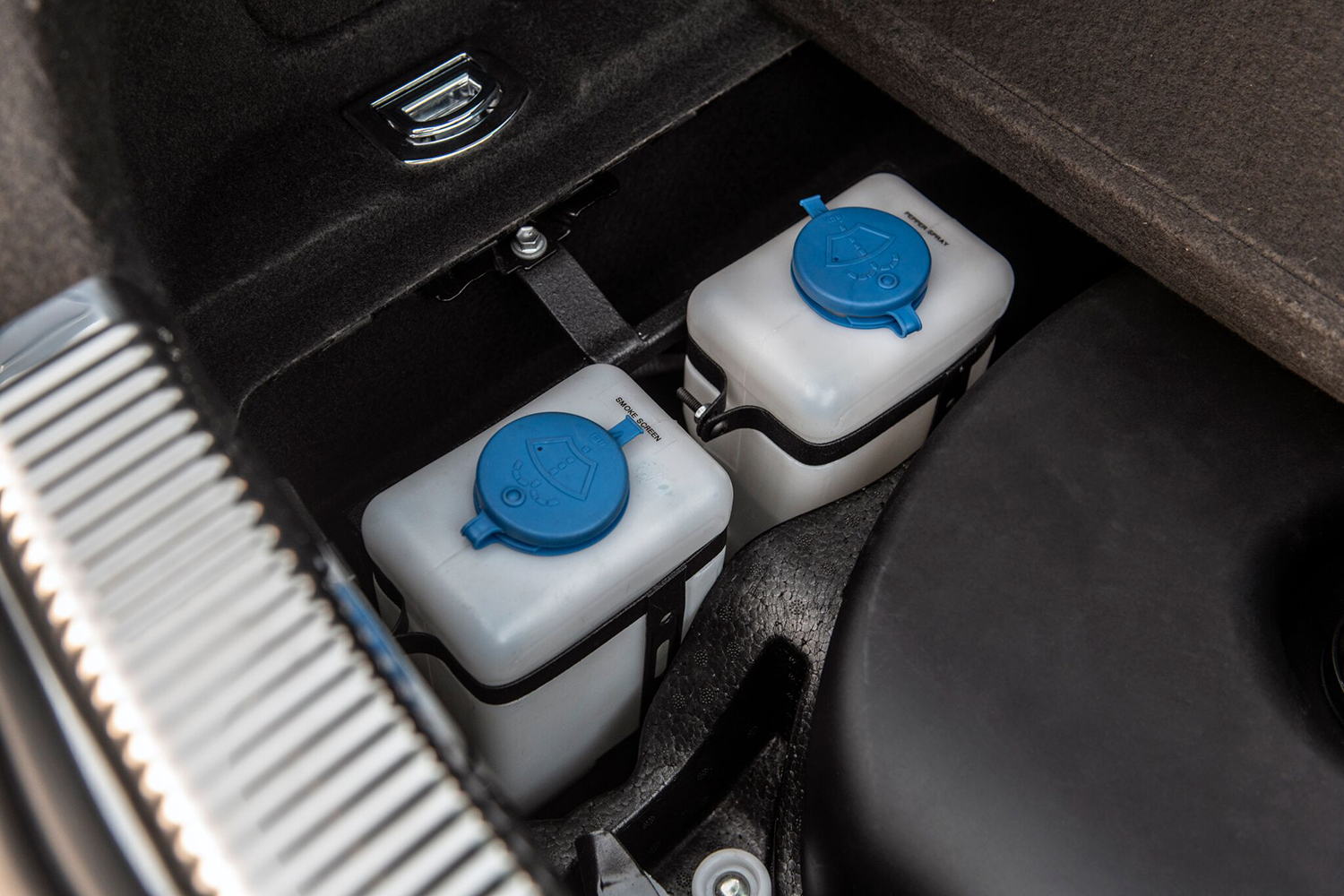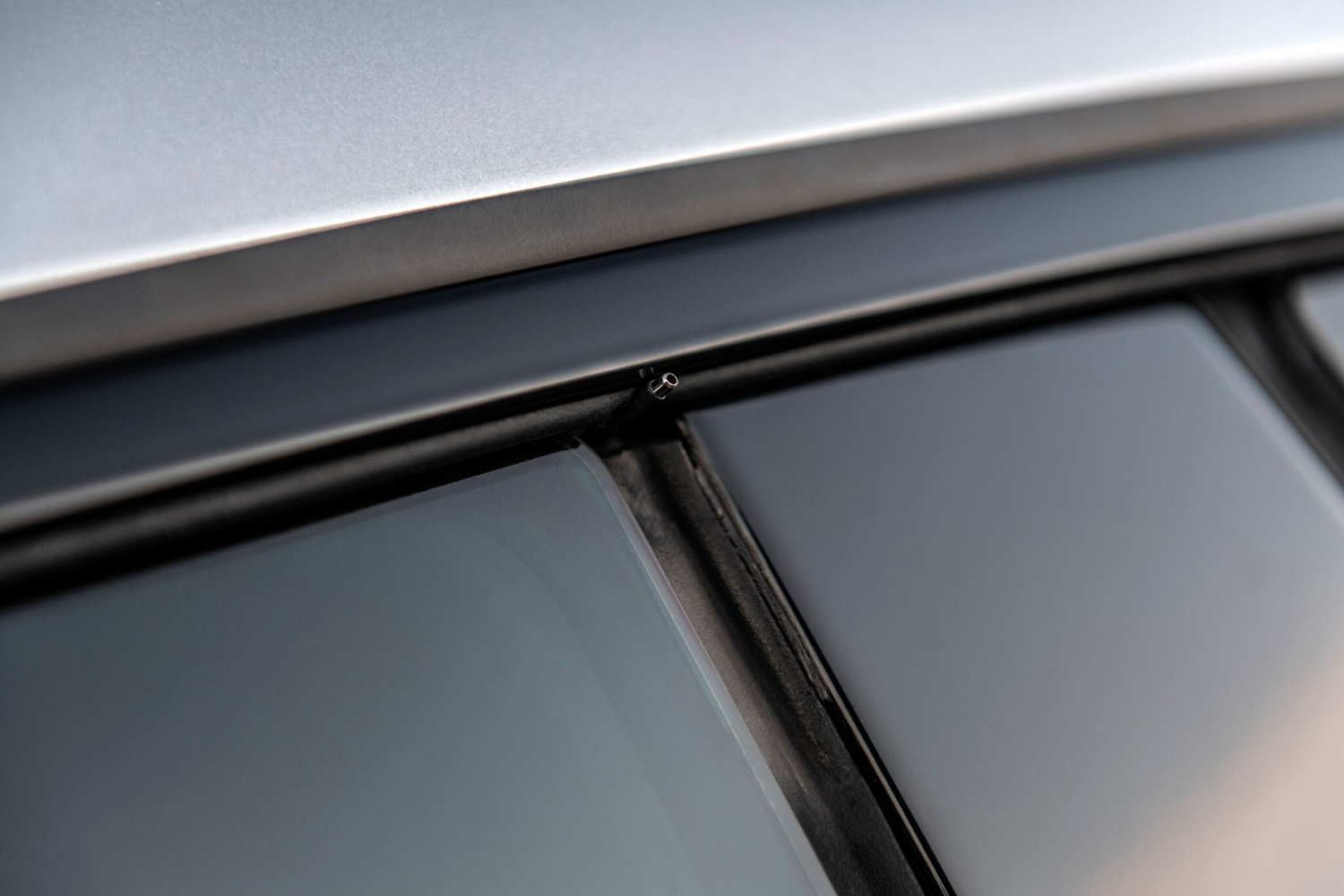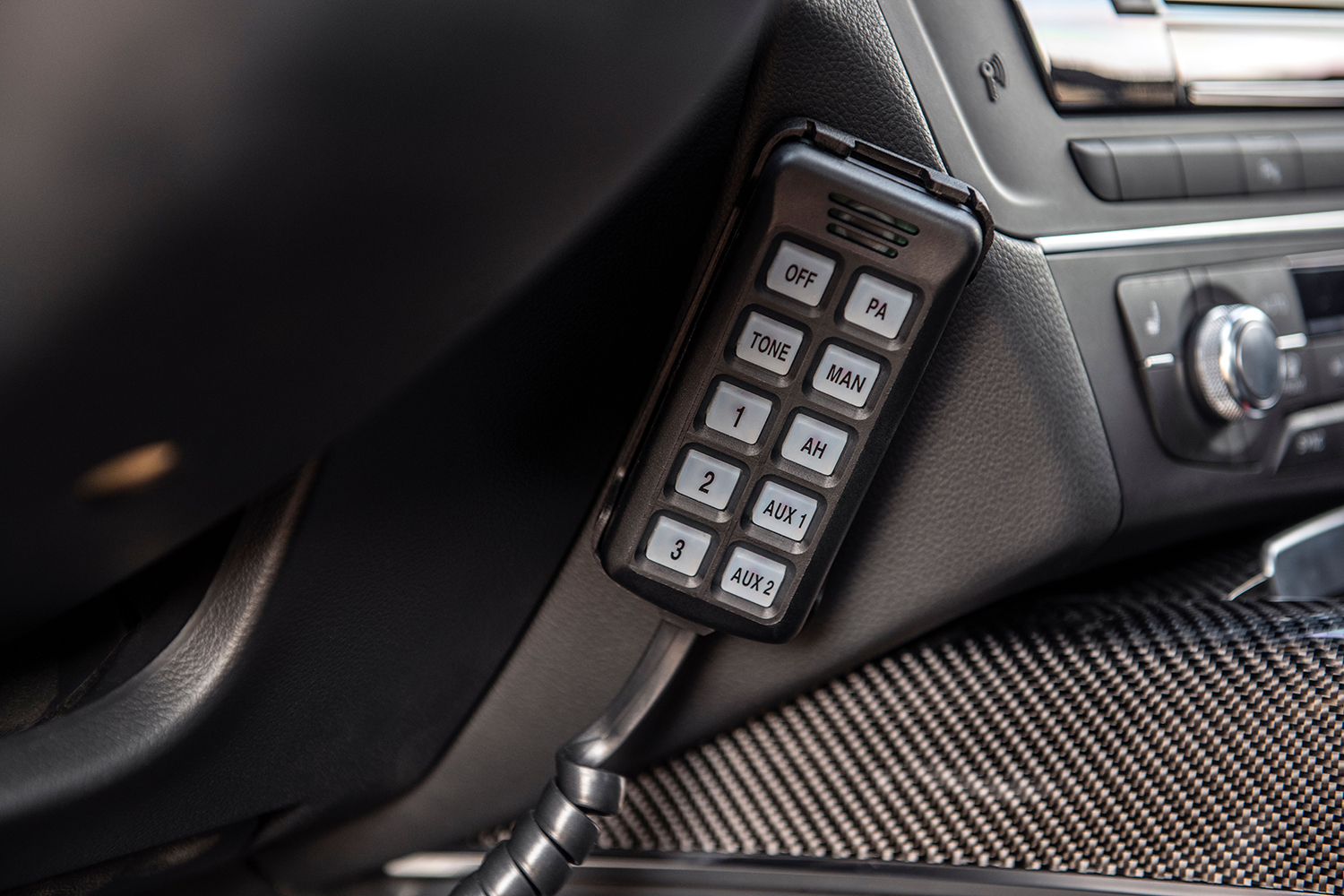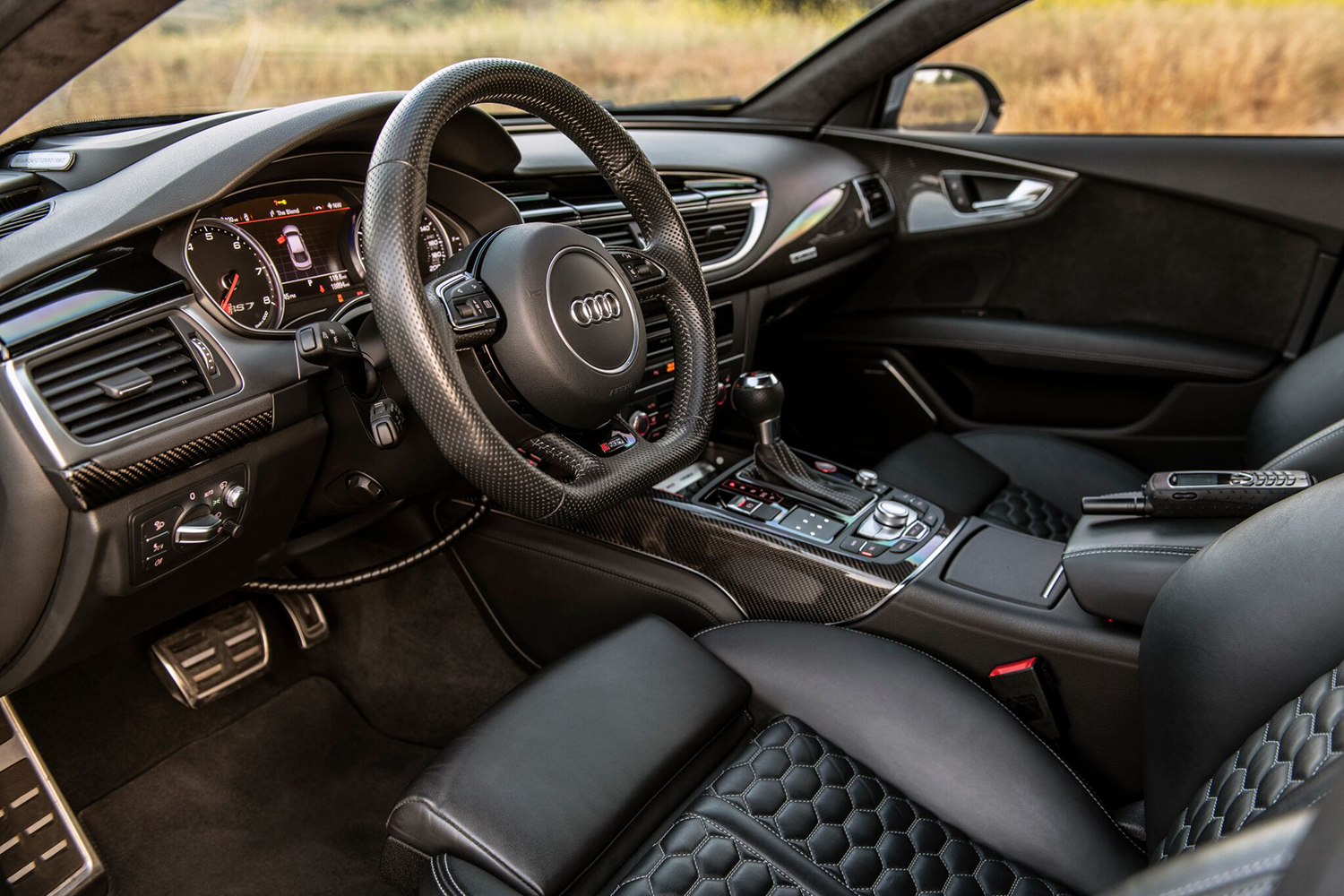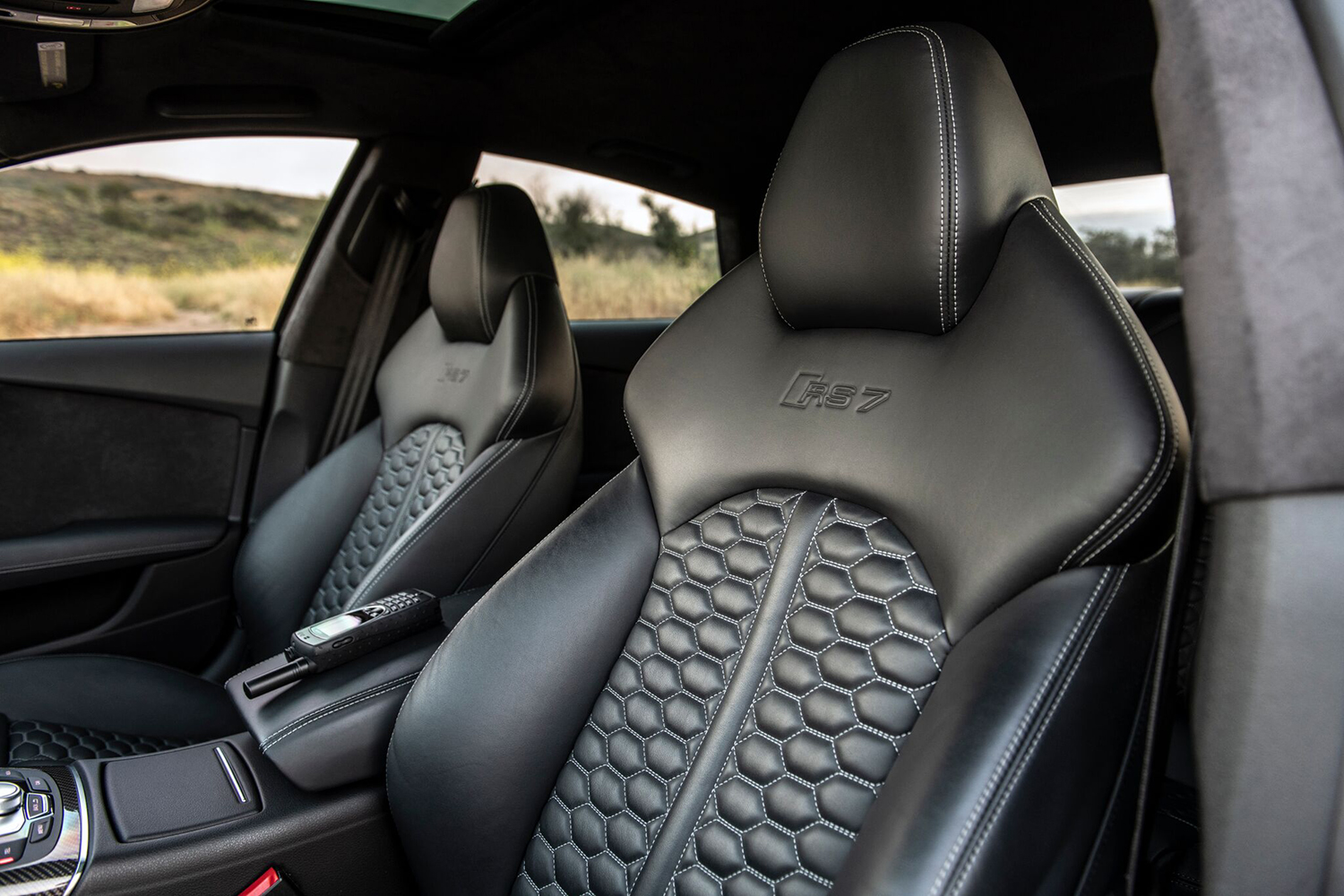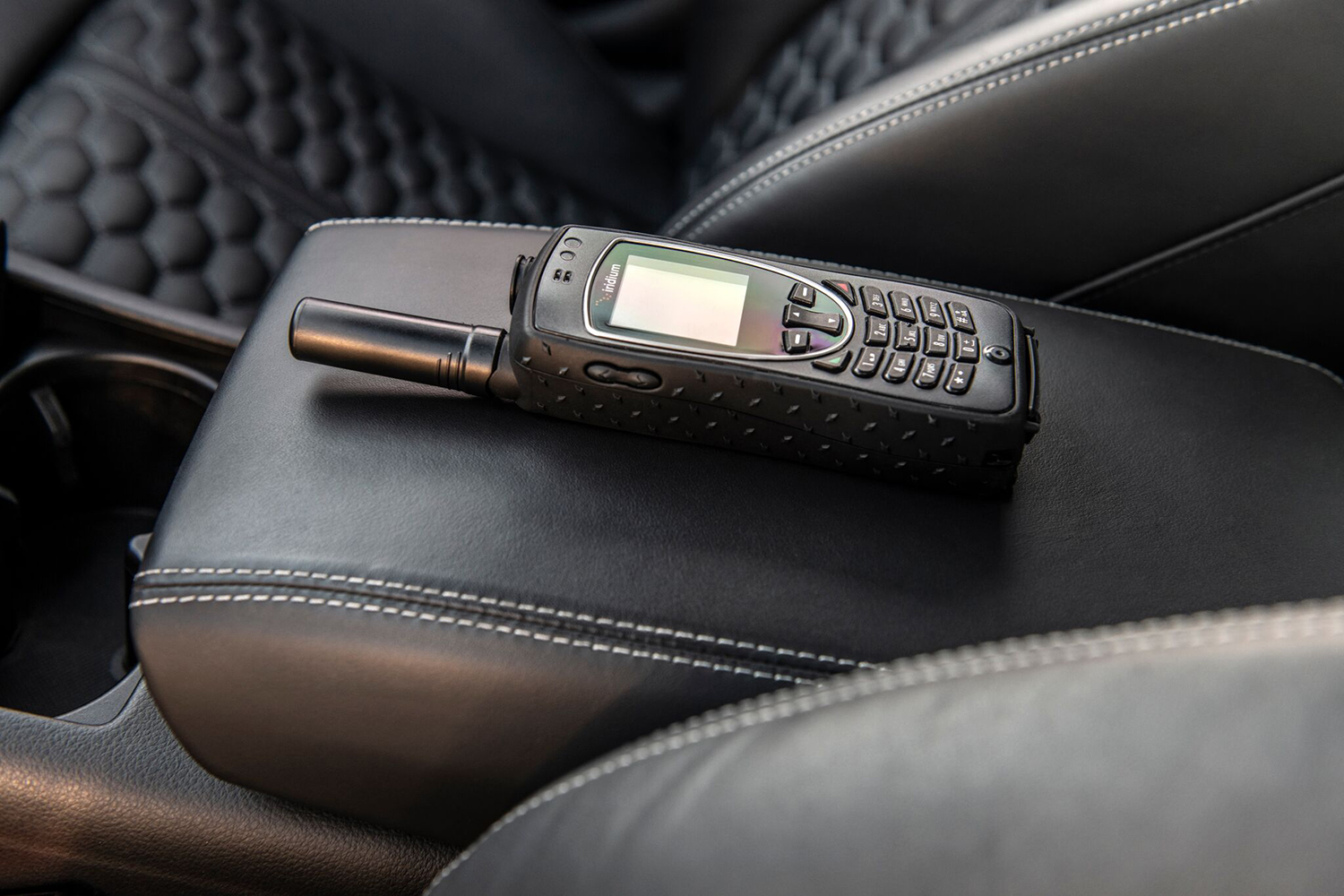Every red-blooded man has, at some point, daydreamed of owning an armored car complete with Knight Rider-style, urban assault gadgets. But, those driven in real life by foreign dignitaries and heads of state are typically just unassuming (read: boring) SUVs with a boatload of old-school armor plating hidden in the door and body panels. Elite automotive customizer AddArmor takes the concept to a whole new level with an upgraded Audi RS7 that’s reportedly the fastest armored car in the world.
From the outside, AddArmor’s APR RS7 Coupe appears like most any other Audi Sportback. Only the sweeping body lines, steeply raked windscreen, massive high-performance Pirelli tires, and rear spoiler hint that this is more than your average family sedan. But, beneath the otherwise stealth exterior is a world of James Bond-worthy gadgetry. The car arms driver and passengers to guard against everything from small arms fire and mine attacks to carjacking and kidnapping.
The door panels in the upgraded RS7 coupe are reinforced with polycarbonate that’s 10-times stronger than ballistic steel. The windows are replaced with a custom, multi-layer blend of ballistic glass and polycarbonate that protects against cinder blocks, bats, and even .44 Magnum rounds. The cabin is protected from gas attacks by a positive-pressure system. On the offensive, sound cannons, pepper spray dispensers built into the B-pillars, taser-like shock door handles, and tear-gas-emitting vents fend off close-quarter attackers. Drones can be thwarted with a comprehensive frequency jamming system. The car can even stave off high-speed assailants with a custom smoke screen system.
For the typical armored-car shopper, all of the above would be enough. But, as with all of its projects, AddArmor takes the entire affair to the next level. Where most armored cars are weighed down by clunky and extremely heavy steel plating, the company relies instead on polycarbonate composite armor all around. Embedding the lightweight material throughout much of the frame adds just 200 pounds to the car’s overall weight. The company also worked with legendary VW/Audi tuner APR to push the stock sedan’s output from 560 to 760 horsepower. On the road, that translates to a 0-60 time of less than three seconds and a reported top speed of more than 200 miles per hour. That makes the AddArmor APR RS7 Coupe the world’s fastest armored car.
We previously covered AddArmor’s custom armored Cadillac Escalade. When outfitted with the company’s flagship Executive Protection Package, the lumbering SUV is converted into a mobile safe room complete with electrified door handles, satellite technology, night vision cameras, and two-inch-thick ballistic glass all around. It’s as sleek as a tricked-out Escalade can be, but it’s still relatively ordinary compared to the sweeping, aggressive lines of its smaller RS7 sibling. At $350,000, it’s also nearly double the price of the upgraded RS7.
The AddArmor APR RS7 Couple is available for a reasonable $205,000. But, can you really put a price tag on knowing you can escape the coming zombie apocalypse faster than almost anyone else on the road?
